Turkey Hunting Tips
Spring turkey seasons are in their peak across most of the US, so here are some tips to help you have a successful hunt. I’m skipping the basics which are: finding land with turkeys on it, buying spring camouflage, sighting in your shotgun or bow, acquiring decoys, and practicing with your calls as those are standard operating procedures.
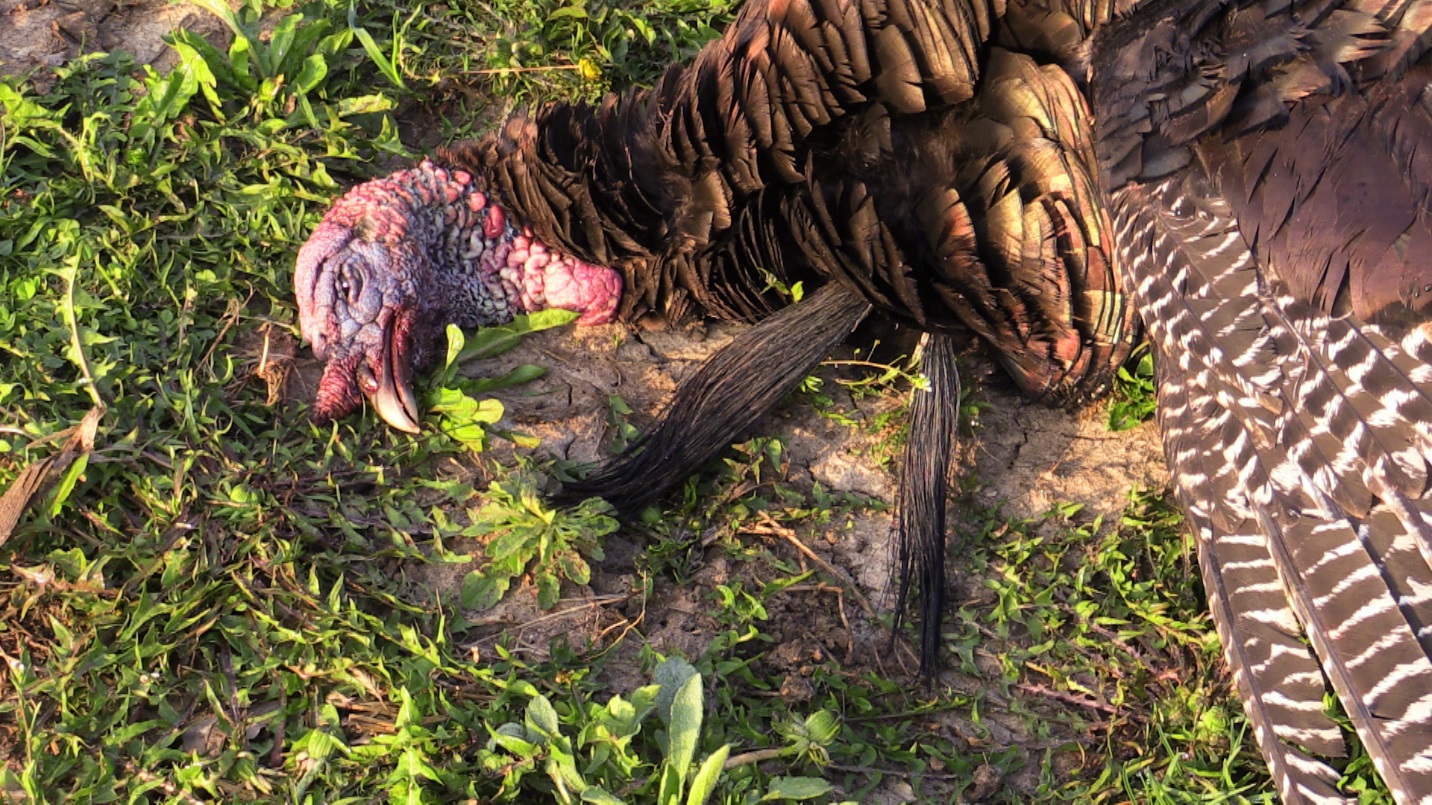
Roosted is Roasted?
It’s no secret that if you know where a gobbler is roosting, you have a pretty good chance of setting up near him and having him come into your setup right away in the morning. That sounds easy right? What if he has 8 hens with him? What happens if he does not come in? Do you pack up and head to another spot? Every turkey hunt is different, but the best advice I can give is to try and find a pattern of travel for that bird and/or his flock. If you can figure out that he goes to the same little knoll or a certain corner of a field every day at roughly the same time, you can alter your setup to cut him off. Also, a henned-up bird will follow behind his hens, so try attracting the hens by mimicking every call they make. An old dominant hen will not tolerate a subordinate hen yelping near her so when she goes over to your decoy to confront your decoy, the gobbler may come within range.
Another tip to get an old gobbler mad is to pretend like you are a gobbler yourself. I like using a gobble call to make another bird think there is another tom in his territory. I pair this with a modest looking strutting tom decoy so that once he has a visual on the decoy, he will likely come in to teach that no good intruder a lesson in turkey etiquette. I have found that if you use a massive, magnificent looking strutting decoy, you may lose an opportunity at a subordinate gobbler.
If you hunt on public land, the best advice I can give is to avoid other hunters, get as far off the road as possible, and be ready for a bird to approach your setup without gobbling. The public hunts I’ve been on we heard birds gobble on the roost and they didn’t make a peep once they flew down for the day. Those birds can still be called in, but you have to know ahead of time that it is mentally straining to stay alert in a blind or next to tree when nothing is responding vocally.
Smoke Em if You Got Em
Sometimes a bird will come toward your setup but not actually be standing next to your decoy. I have seen people miss out on an opportunity to kill a bird because they “weren’t in the decoys yet.” If you have a bird well within your comfort range and you can make an ethical shot, then shoot! Here is a video from my wife’s hunt this weekend where we had a massive flock approach our setup but they did not commit to the decoys. We adjusted windows and she was able to kill a great double-bearded tom with her youth model 20 gauge.

I think some people are afraid to move their gun to get on a bird that is away from the decoys but is in range, but it’s surprising how much movement a bird will tolerate before they run or fly away. Even if they see you move they will usually extend their head for a brief instant which allows you to get the bead on them and pull the trigger. If a bird is at 20 yards to the wrong side of you, even if they start running away by the time you shoot they should still be within 35 yards and well within ethical shotgun range. It’s a different story if you are shooting a bow. The margin of error is lower for bow hunting, so in that case it does make sense to keep the bird calm before you shoot.
Decoy Setup Tips
The number and type of decoys to use is dependent on the stage of the breeding season. If it is the early season, before any breeding is occurring, having 3 or 4 hen decoys and a jake may get that big flock of hens with a few toms mixed in to come investigate. Those birds are hard to pull away from the flock so you have to lure in the hens instead.
If it’s in the peak of the breeding season, I like to use 2 hen decoys with the tom decoy I mentioned earlier. I face the tom quartering toward my blind so that if some trespasser tries to shoot my decoy, he will likely not be shooting in the direction of the blind (yes this has actually happened to me on private land). I put one hen on the stake and the other I lay on the ground so that it looks like she is ready to be bred. That usually attracts a jealous tom trying to keep the ugly decoy from getting any action.

Here is a pic showing our decoy setup. The strutting tom looks a bit rough but that’s the point. We want the other bird to think he will win that fight.
I hope these tips will help you have a successful hunt, good luck out there!
Your Cart
Categories
- Attractants 26
- CWD 1
- Deer Management 62
- EHD 3
- Food Plots 18
- Hunting 85
- Land Management 18
- Minerals 28
- Shed Hunting 4
- Supplements 36
- Turkey Hunting 7
Browse Tags
Products
-
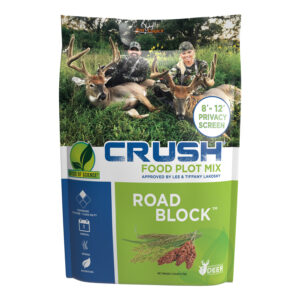 CRUSH Road Block
$29.99
CRUSH Road Block
$29.99 -
-
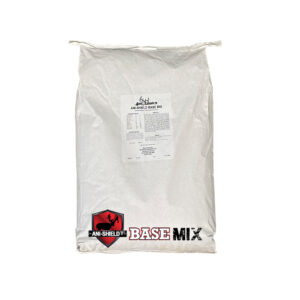 Ani-Shield Base Mix
$59.99
Ani-Shield Base Mix
$59.99 -
-
 Mineral Dirt 180 - 20lb
$34.99
Mineral Dirt 180 - 20lb
$34.99 -
-
 CRUSH Pro Bean Blend
$139.99
CRUSH Pro Bean Blend
$139.99 -


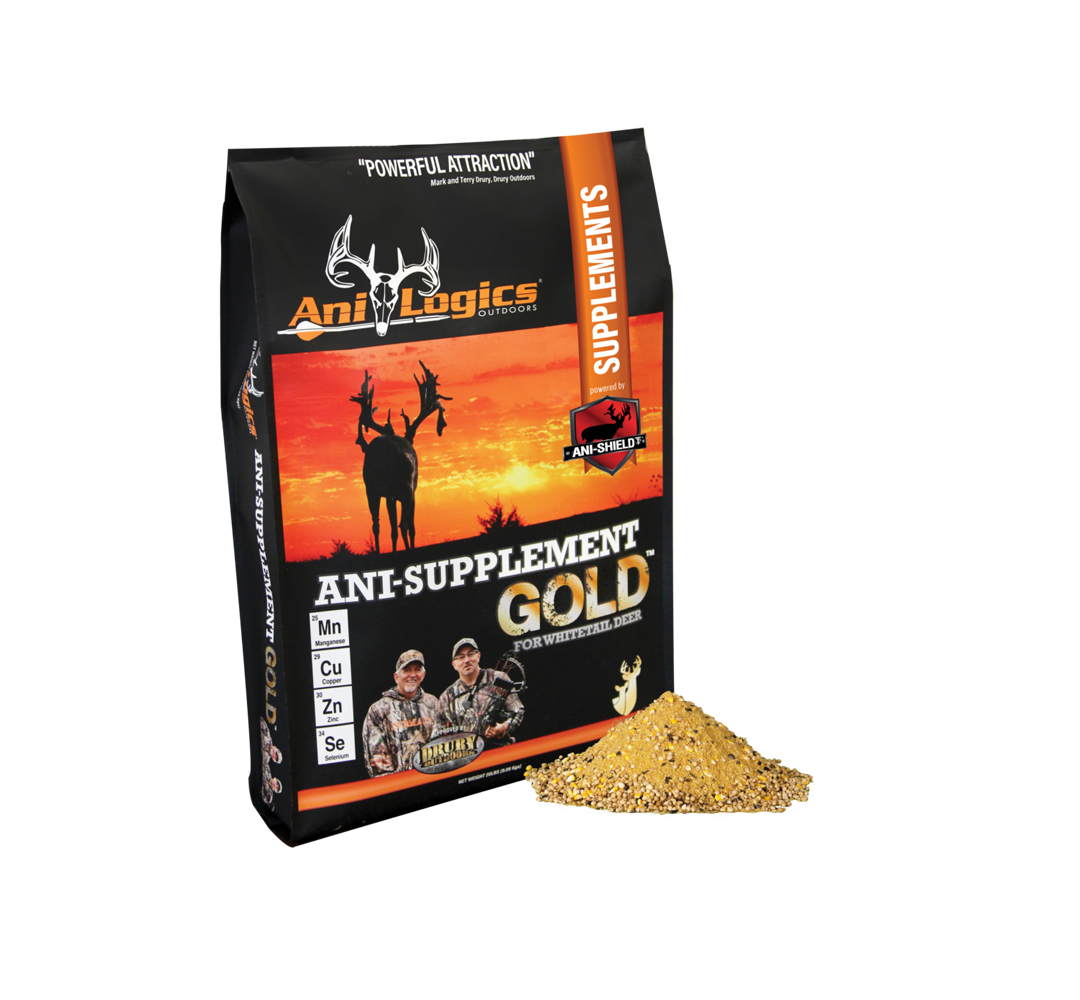

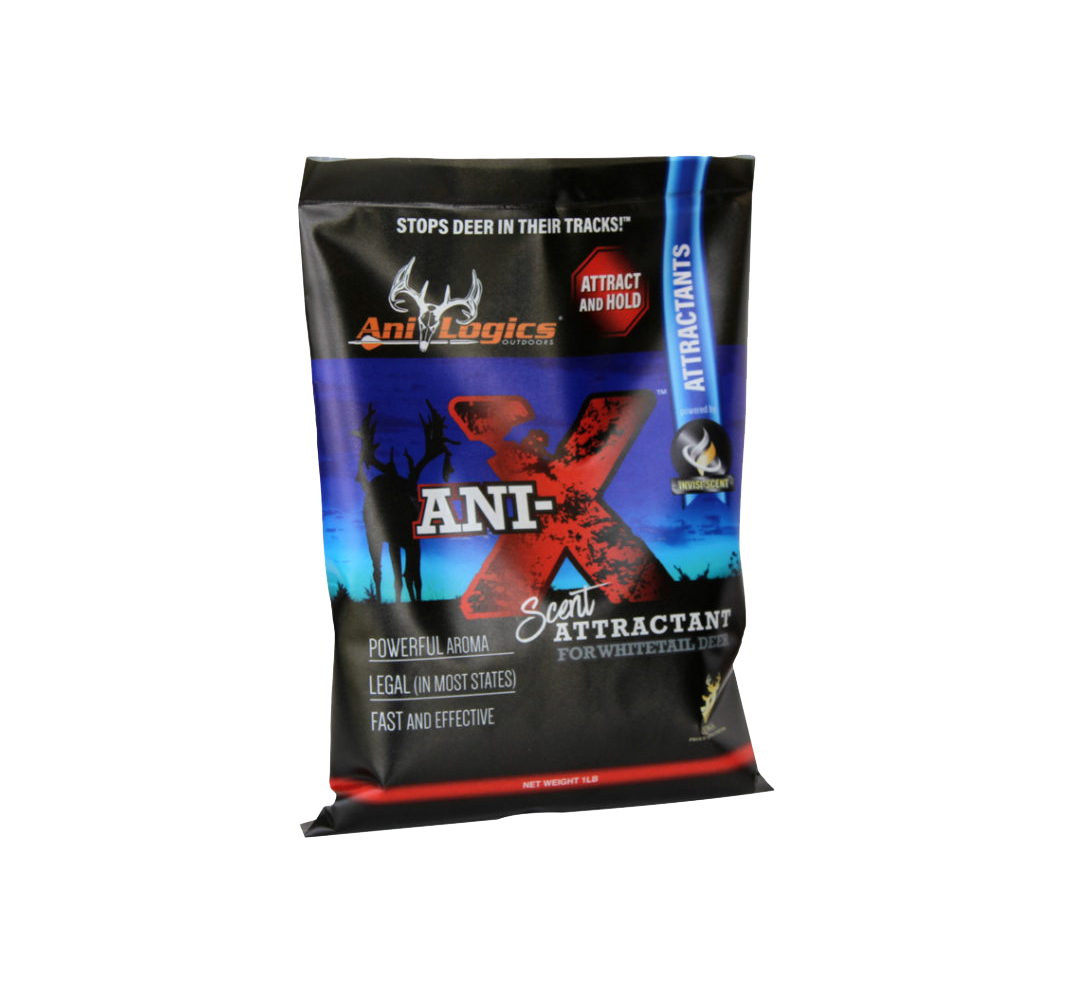




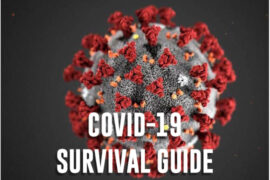


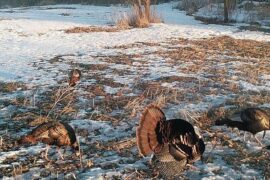
Comments (1)
Good day. Thank you for giving us this hunting tips. this new idea for me about turkey hunting tips.I had never idea before.
Comments are closed.